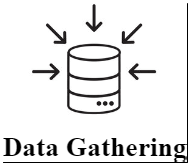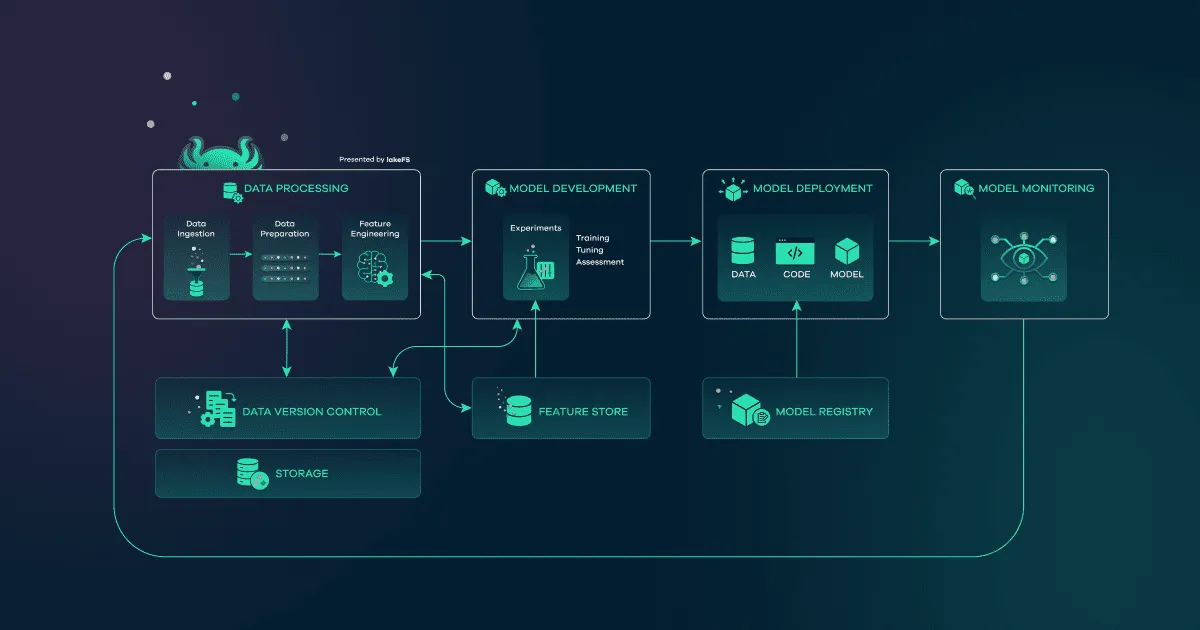Machine Learning Architecture
The framework and organization of the many components and processes that compose an ML system are referred to as ML architecture (ML). The machine learning architecture defines how data is processed, systems are developed with evaluation, and predictions are made. It serves as a blueprint for creating an ML system.
The architecture of the machine learning system may differ depending on the specific use case and machine learning system requirements. A well-constructed ML architecture may help to construct scalable, reliable, and effective ML systems.
What is the ML architecture diagram?
Overall, a machine learning architecture diagram provides an executive summary of the numerous components necessary for the construction of a machine learning system. A machine-learning architecture diagram frequently includes the following components:
 |
This element includes a number of data resources, such as databases, data lakes, and APIs. It also entails collecting data from many sources and organizing it in a single location for evaluation. |
 |
Data cleaning, feature engineering, and data normalization are all part of this aspect. Data preparation is critical for improving the accuracy of information and ensuring the information is suitable for research. |
 |
Select the most appropriate approach, train the framework, and fine-tune the hyperparameters as needed. The goal is to develop a system that accurately predicts events and extends well to new data. |
 |
This section pertains to putting the system into production and constantly checking its effectiveness. This aids in discovering any issues and ensuring that the system is functioning properly. |
 |
This part includes the interface via which users interact to obtain model predictions. It is possible to utilize a dashboard, a mobile app, or a web-based application. |
 |
Collect user feedback and utilize it to improve the model’s performances. The feedback may be utilized to retrain the model to improve its precision. |
Data Structure for ML
Data structure for ML entails the development and execution of data infrastructure in order to meet business goals. It consists of components such as data sources, storage, processing, training, and monitoring that allow for the effective administration of data resources inside companies.
Significance and Conclusion
Machine learning architecture is critical for developing scalable, efficient, and sustainable machine learning systems. A well-thought-out architecture results in greater efficiency from machine learning computations, less time devoted to installation and servicing, and less debugging.
A well-designed field structure can ensure the integrity and safety of the machine learning network. If the architecture is appropriately structured, a machine learning system may be built with accurate data and in a way which allows for continual development.
Finally, ML architecture is critical because it enables the construction of strong, efficient, and scalable ML systems capable of meeting the demands of contemporary, data-driven enterprises.
